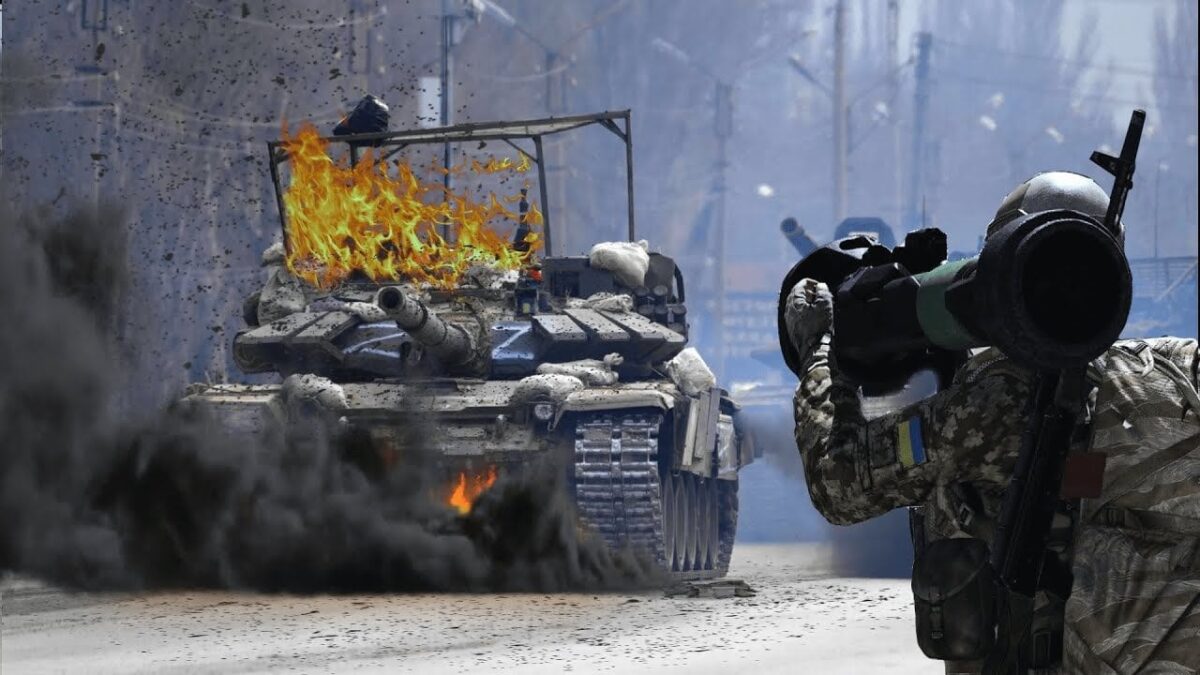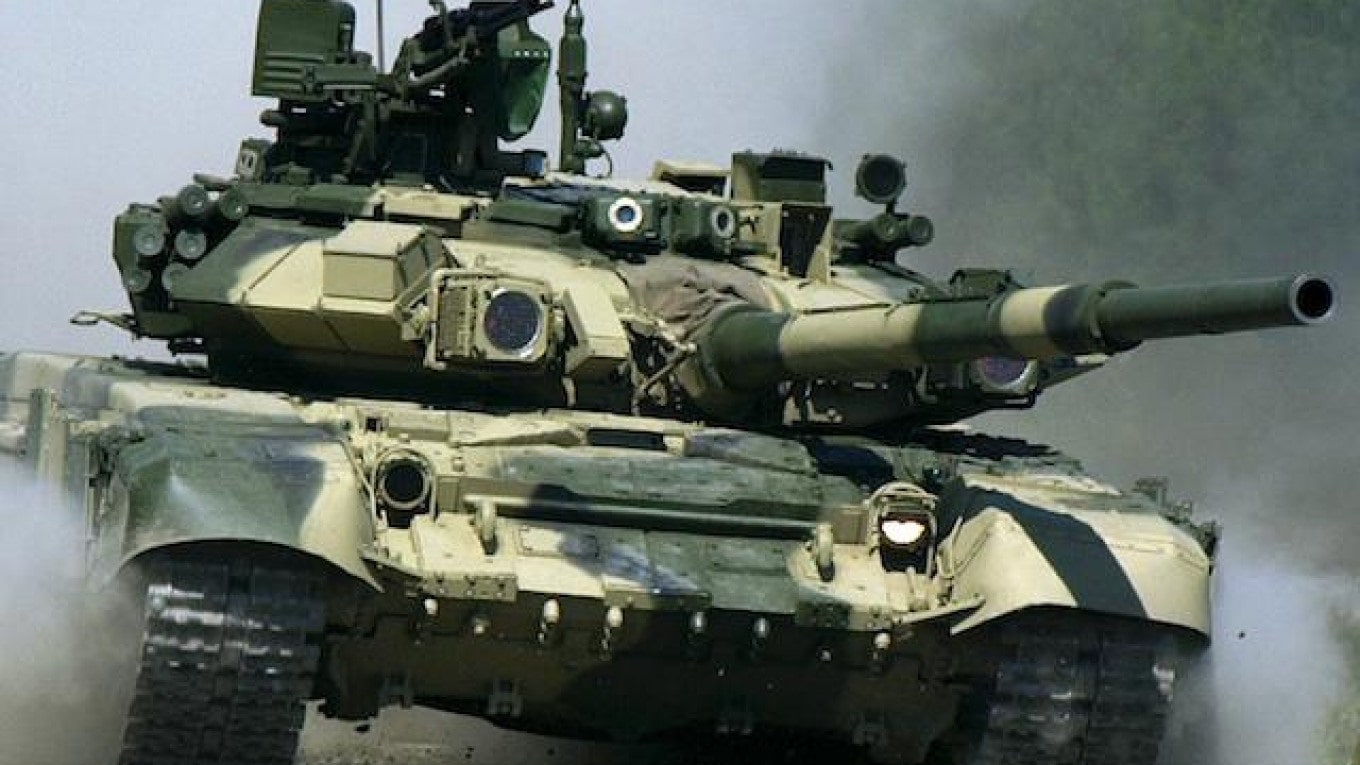Videos depicting the aftermath of a missile attack in Russian-controlled Crimea have made headlines, following a wide-scale Ukrainian-launched barrage in the region. Kyiv announced that it had struck Russian naval targets and port infrastructure in the Crimean city of Sevastopol in the morning in its largest attack on the navy’s Black Sea Fleet since the war began in February 2022.
Russian news outlets have reported that most of the weapons used in the coordinated barrage were intercepted and that two ships had been damaged. Sevastopol Governor Mikhail Razvozhayev published a photo of the aftermath of the attack, which showcases a ship engulfed in flames at a port.
Later, the Russian-appointed governor stated that “As a result of the attack, according to preliminary information, 24 people were injured, with 4 in moderate condition.”
Kyiv has attacked Crimea before
Russia has occupied the Crimean Peninsula since 2014, when its forces invaded and subsequently annexed the territory from Ukraine. When Moscow invaded the rest of the Ukraine more than a year and a half ago, Kyiv officials pledged to retake the peninsula from Russian control. Now that Ukraine’s counteroffensive is in full swing, air and sea-launched attacks on the peninsula are ramping up. In July, Ukrainian forces used an experimental homegrown sea drone to strike a critical land bridge in Crimea. The attack inflicted damage to the bridge and resulted in the deaths of two civilians. Since the Kerch bridge functions as Russia’s only land-link to Ukraine, attacking it is hugely symbolic for Kyiv. It acts as a significant resupply route for Russian forces, making the incident even more impactful.
Both foreign and domestic weapons make up Ukraine’s arsenal
The “Sea-baby” drones used by Kyiv in the Kerch bridge attack are reportedly manufactured locally and without Western involvement. According to the head of Ukraine’s intelligence service, “They do not participate in our operations or provide us with any equipment or anything else. These drones are produced at an underground production facility in the territory of Ukraine, adding that “Sea surface drones are a unique invention of the Security Service of Ukraine,” Maliuk continued. “None of the private companies are involved. Using these drones, we have recently conducted a successful hit of the Crimean bridge, the big assault ship Olengorsky Gornyak, and Sig tanker.”
While the Kerch bridge may have fallen victim to a homegrown Ukrainian weapon, today’s attack in Crimea was likely caused by Western-provided equipment.
As detailed by BBC, the head of Ukraine’s air force Mykola Oleschuk congratulated his pilots on this strike, strongly implying that either British-supplied Storm Shadows and French-supplied SCALP cruise missiles were responsible. With ranges of more than 150 miles, these advanced missiles certainly provide Kyiv with greater firepower than other domestically-made alternatives.

RGW-90 rocket launcher in Ukraine. Image Credit: Creative Commons.
Although the Kremlin is claiming that seven of the missiles were downed and all three unmanned boats used in the barrage were destroyed, the fact that these cruise missiles appeared to circumvent Russia’s air defense systems should concern them.
As Ukraine’s efforts to recapture territories progresses, additional breaches into Crimea should be expected.
Maya Carlin, a Senior Editor for 19FortyFive, is an analyst with the Center for Security Policy and a former Anna Sobol Levy Fellow at IDC Herzliya in Israel. She has by-lines in many publications, including The National Interest, Jerusalem Post, and Times of Israel. You can follow her on Twitter: @MayaCarlin.

